Subirrigation In The Garden Center
Whether you grow and sell your own varieties or sell plants grown by others, you realize the importance of irrigation at your garden center. Not irrigating thoroughly or properly can lead to diminished crop uniformity and lost plants. One way to avoid these fates is to make sure your employees water regularly and meticulously. Then again, if your employees are spending all their time hand watering plants, who is selling to your customers? The answer to this conundrum may lie in ebb-and-flow benching, a form of subirrigation that can reduce labor costs, increase uniformity and help manage disease and fertilization.
Regular benches typically include mesh tops that allow excess irrigation water to fall through; ebb-and-flow bench systems include a shallow bench top formed to hold water, like a very low-lipped dish. The bench top is outfitted with plumbing and can be flooded with water for irrigation and even used to fertilize plants. After plants have had a pre-set amount of time to soak up water, the remaining water drains away and can be stored in a holding tank for later use. The bench tops can accommodate an assortment of pot and flat sizes; just be sure to place varieties with the same moisture requirements on the same benches.
Avoid Handy Work
You may be thinking, “Who needs ebb-and-flow benches when I’ve got employees to handle watering for me?” While hand watering is an easy, low-cost method of irrigation (requiring only a hose, watering wand and willing employees), it is not necessarily the best irrigation option for every garden center. Even though the equipment costs are low with hand watering, labor costs can be high. Think about it: You must pay employees to irrigate, and the more plants there are to water, the more time and employees it will take to complete the task. Basically, the labor costs increase with operation size, so if you have a large garden center, irrigating via hand watering may actually cost your business quite a bit.
There are also the customers to consider. Hoses snaking under and around benches coupled with damp floors and puddles can create unsafe environments for shoppers (and employees). Additionally, some customers who need assistance may feel reluctant to interrupt an employee who looks busy watering plants.
Ebb-And-Flow Benefits
Typically used in greenhouse production, ebb-and-flow benches can be beneficial for garden centers as well. One of the main benefits of ebb-and-flow benches is reduced labor costs. Instead of having multiple employees watering a few plants each, one employee is able to water hundreds of plants at once. This frees your employees for other tasks such as answering customer questions and building sales.
Ebb-and-flow benches are also efficient because there is little to no wasted water or fertilizer: Water flows onto the bench, plants take it in and the excess is drained and stored for later. This system also means all the plants receive the same amount of water and nutrients, which helps in maintaining uniformity. Another benefit is a reduction in foliar diseases because leaves remain dry during irrigation.
Same Idea, Different Method
If you like the idea of ebb-and-flow benches (and the benefits they offer) but are concerned about having standing water around customers, there is another, similar subirrigation option: capillary mats. Capillary mats typically consist of a system of plastic mats connected to internal drip lines. Capillary mats use the same wicking action as ebb-and-flow benches, irrigating when plants are placed on the mat. Water moves through the drip lines and across the mat to irrigate plants.
Unlike ebb-and-flow benches, capillary mats do not have large amounts of excess water that must be drained away once irrigation is complete. Capillary mats remain moist but not completely wet at all times, allowing a constant supply of irrigation water. The mats can also be used with some existing benches.
Check The Numbers
Opting for ebb-and-flow benches or capillary mats for your garden center is a big decision, which is why researching the investment from installation details to plumbing costs to maintenance and upkeep is so important.
Consider the size of your garden center and the amount of live plants you carry, and be sure to factor in long-term labor costs against the 1-time purchase and installation fees for ebb-and-flow benches. You may find that labor costs are not high enough to justify investing in subirrigation at this point. Just remember, while the upfront costs of ebb-and-flow benches can be daunting, the long-term benefits and savings can be worthwhile for your garden center.

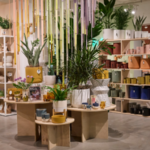
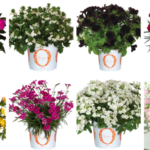



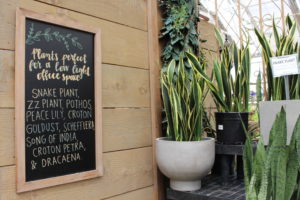
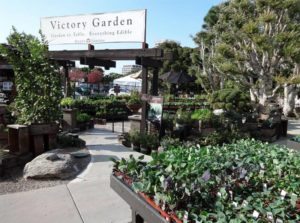

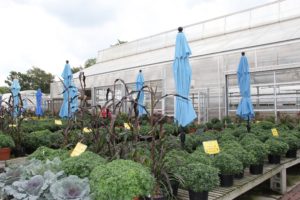

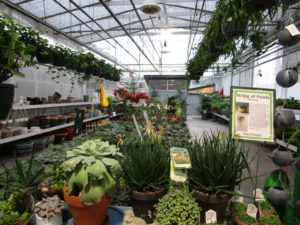

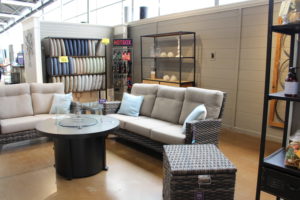

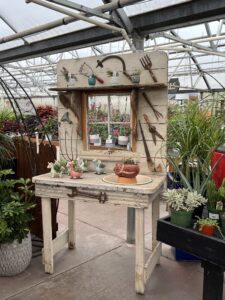
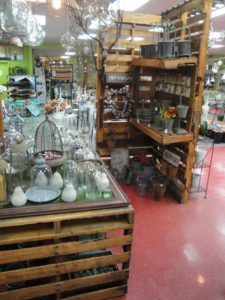
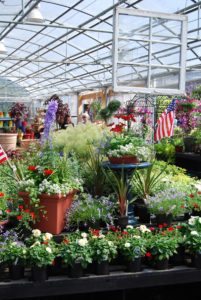
 Videos
Videos





